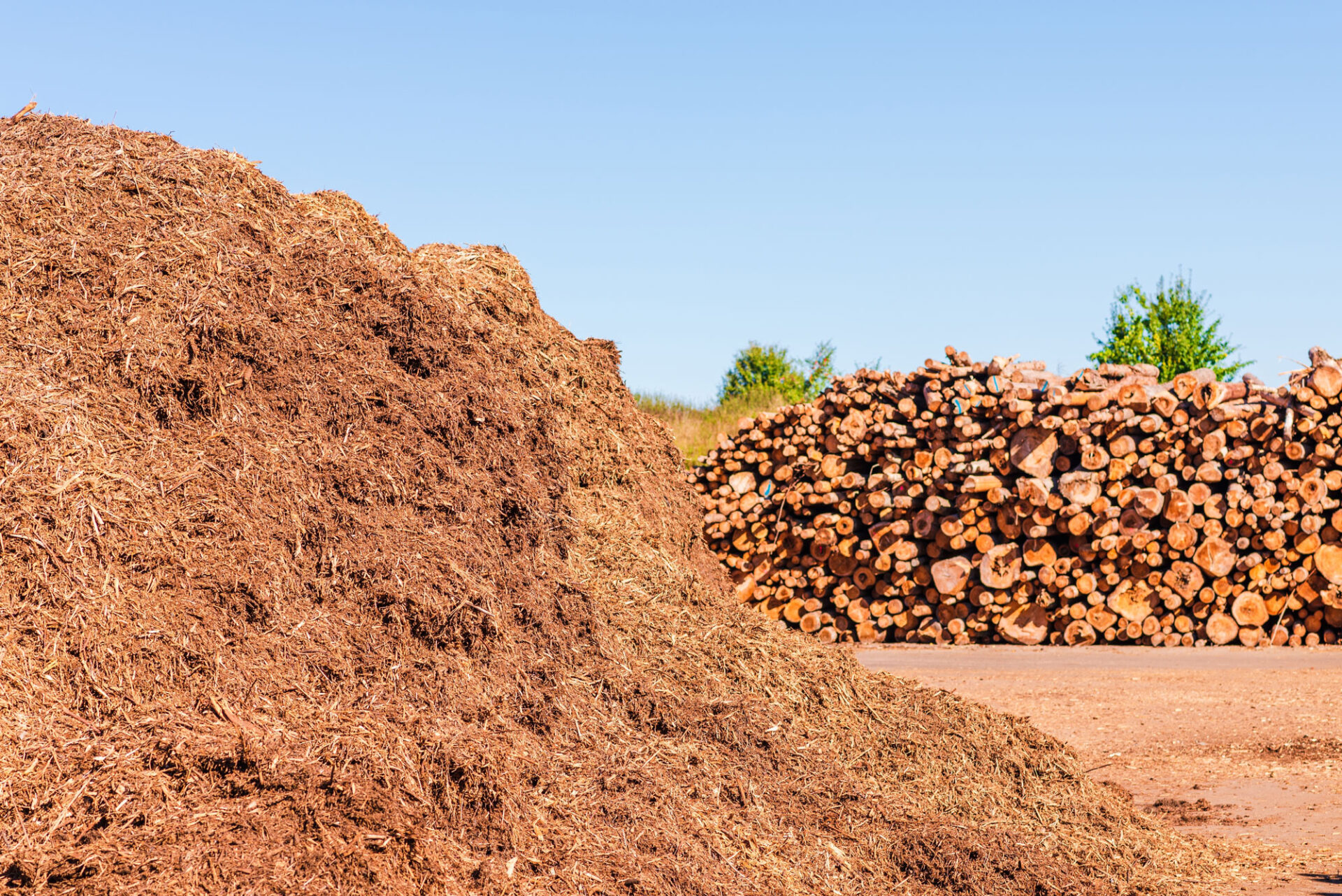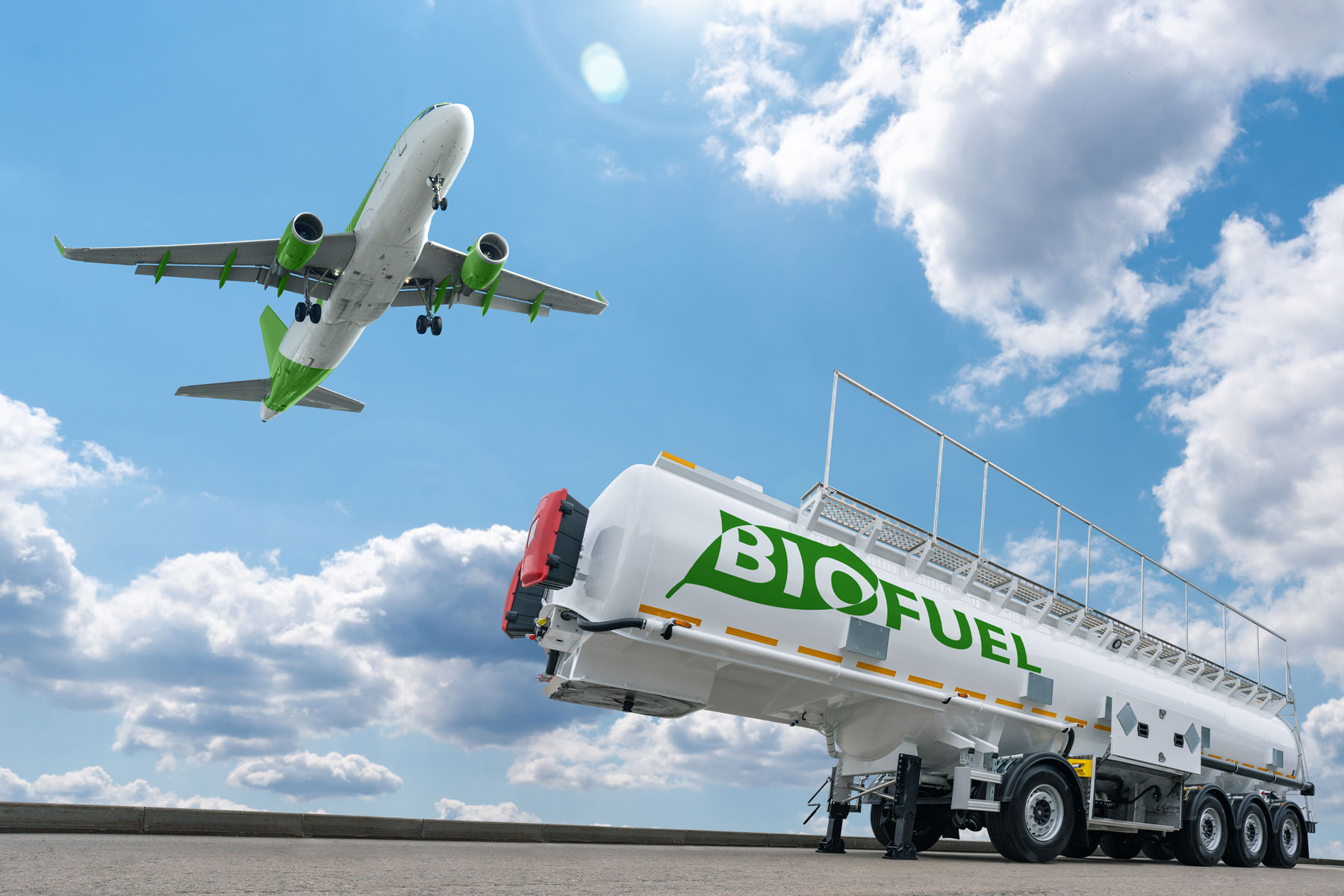Co-Author: Berta Matas Güell
Biofuels contribute to major emission cuts, and we need them – especially as part of the green transition. At the same time, there are also concerns.
Biofuels have been controversial for a long time. Today, biofuels contribute to the largest reduction in CO2 emissions in the transport sector because they do not require the existing infrastructure to be modified for their use. Consequently, most of the transport sector’s emissions are reduced through blending mandates while we wait for new infrastructure to be completed that can enable electric and hydrogen-based transport. However, some biofuels have previously been produced from unsustainable resources, such as palm oil, with significant associated emissions.
The mistakes made in the past have resulted in more rigorous regulations and the consequent improved sustainability of the biofuels we are currently using. On the other hand, the ever-changing policies and regulations have contributed to scepticism from the investors, and made it difficult to set up new industries.
An alternative to biofuels is synthetic fuels, which are produced from captured CO2 and hydrogen. However, they require large amounts of affordable energy, as they are produced in a very energy-intensive process. Despite this, synthetic fuels of a non-biological origin are considered promising because they are able to produce fuels of a high quality and energy density without needing to use any of the limited biomass resources. They are also expected to be available in much higher quantities once they become commercially available. The large-scale availability of e-fuels will require access to huge amounts of affordable and renewable energy.
This blog post presents the advantages and drawbacks of using biofuels as well as the current and upcoming mandates and regulations. It will also discuss the regulations, benefits and challenges associated with the use of e-fuels.
Read more:

Technology status
Most biofuels are still produced from sugars, oils and fats, i.e., “conventional” types of feedstocks. These feedstocks can also be classified as waste, such as used cooking oil, and in these cases the biofuel can become advanced. However, these resources are very limited, regardless of their classification. Other resources such as energy crops, residues from wood processing or municipal solid waste can be unlocked if the technologies for converting them into biofuels become fully commercial. A few examples already exist, such as the Clariant lignocellulosic ethanol plant in Romania or the Fulcrum Bioenergy plant in the US, which converts household garbage into aviation fuel, in addition to numerous demonstration plants worldwide.
As for synthetic fuels, the biggest facility of using recycled CO2 is the Shunli CO2-to-methanol plant in China, which uses captured CO2 from steel production to produce low-carbon methanol. For the fuel to be called an e-fuel, hydrogen must be produced from water using electrolysis. Production of e-fuels is also still to be commercialised, although the individual process steps and production of synthetic fuels from fossil resources are already commercial. An example is the Haru Oni demonstration plant in Magallanes, which uses air-captured CO2 and hydrogen produced from wind energy, meaning the latter fuel is also renewable.
Regarding aviation, there are currently nine SAF production pathways certified for use in airplanes, two of which are co-processing pathways. SAF needs to be blended with conventional jet fuel. The blending limits are dependent on the pathway, but currently, only up to 50 % can be neat SAF. There are also efforts to certify 100 % SAF blends. Of the seven certified neat SAF production pathways, Hydro-processed Esters and Fatty Acids (HEFA) is the only one available on the market. However, there are several production facilities that are producing SAF at a smaller scale, as well as several facilities that are at various stages of commercialisation. The production of e-SAF is not yet commercial, but several facilities are planning to commercialise the existing technologies.
Read more: The status of biofuels in Norway and around the world, 2022
Biofuel terms
Biofuels: Fuels of biological origin
Advanced biofuels: Biofuels produced from a list of approved feedstocks, such as residues and wastes. In the EU, the Renewable Energy Directive Annex IX parts A and B provides a list of feedstock for these fuels.
Synthetic fuels: Fuels produced from syngas, which contains carbon monoxide and hydrogen. It is mostly used for fuels where the syngas originates from captured carbon dioxide and hydrogen. Although, the term can refer to syngas produced during gasification of biomass, it will not be used here. The term itself does not refer to the origin of hydrogen or carbon dioxide.
Renewable fuels of non-biological origin (RFNBO): Synthetic fuels produced from renewable hydrogen and renewable carbon dioxide captured from biogenic sources or air. The term “renewable” indicates that both the power used for hydrogen production and the carbon dioxide come from renewable sources.
Low-carbon fuels: Synthetic fuels produced using captured carbon dioxide from non-renewable sources, such as off-gases from cement or steel production.
e-fuels: Synthetic fuels produced using hydrogen that was produced by water electrolysis.
Sustainable aviation fuels (SAF): Hydrocarbon fuels that can be used in the current infrastructure (drop-in) of aviation. They can be biofuels, RFNBOs and low-carbon fuels.
RED II: The Renewable Energy Directive is the European legal framework that defines how renewable energy should be used and developed in the EU. Currently its second revision is in force (II).
European Green Deal: EU has ambitions to be the first climate neutral continent by 2050. To enable this transformation, a set of proposals in several sectors, including transportation, were developed under the name of Green Deal.
Why are biofuels and e-fuels important?
The main arguments for biofuels and e-fuels are that they are “drop-in” fuels, which means they can be used in the existing infrastructure. They have high energy density, are available right now, and do not require any future upgrades to transport infrastructures. This is the reason why biofuels are the biggest shareholder in greenhouse gas emissions reduction in the EU transport sector, even in Norway where electrification of the transport sector has been most successful.
In addition, they can be used in other sectors, such as aviation and shipping, where large-scale electrification or operations with hydrogen are difficult. These sectors will be dependent on energy-dense hydrocarbon fuels for the foreseeable future, and therefore, biofuels and e-fuels are expected to be essential in these sectors until 2050.

What are the concerns?
The biggest concern is the continued use of internal combustion engine technology, with its accompanying CO2 emissions. In addition, internal combustion engines have much lower energy efficiency compared to electric ones, thus more energy is needed for the same distance travelled, which means more emissions are being released during the combustion process. On the other hand, the CO2 molecule is the same regardless of its source, and the atmosphere cannot tell green molecules from the grey ones.
Another concern is the amount of land used to produce biomass resources for biofuel production, and the effect on biodiversity. With a growing population, the Earth’s limited surface cannot accommodate increased area use for fuel production, and the available areas must be managed smartly. Furthermore, we also need behavioural changes to mitigate climate change, which are more difficult if people think they are using sustainable products.
Current and upcoming regulations in Norway and EU
In Norway, 12.5 % of all liquid fuels used in road transportation in the country must be advanced biofuels. The total amount of biofuels must be 17 % of all fuels traded in road transport. If more advanced biofuels are used than the required 12.5%, they can be double counted. This double counting means that, depending on the share of the advanced biofuels, the actual requirement is currently between 14.75-17 vol%. These requirements are on a volume basis (vol%). In addition, 0.5 % of all aviation fuels must be advanced biofuels. All biofuels mandated within the obligation must comply with EU’s sustainability criteria.
The Norwegian government will create a strategy to increase the production of advanced biofuels. In addition, there are some demands from both Norway and the EU to increase the use of biofuels and e-fuels. The desire to produce more biofuel in Norway and gain a leading position in the production of sustainable fuels is due to the upcoming EU mandates and the new Norwegian aviation strategy – sustainable and safe aviation.
At the European level, there are currently no biofuel mandates for road transportation, although the Renewable Energy Directive (RED II) mandates that 14 % of all road and rail transport energy must come from renewable sources (including biofuels) by 2030.
For aviation, ReFuelEU, as a part of “Fit for 55“, proposes a set of rules for mandating biofuels and synthetic fuels. The European Council and European Parliament reached a provisional political agreement on the ReFuelEU proposal on 25 April 2023. However, at the time of writing, it has not been formally adopted by the Parliament, and it is therefore not yet in force.
The proposed targets start with a volume share of 2 % of sustainable aviation fuels (SAF) by 2025, reaching 63 % by 2050, including a minimum synthetic fuels’ share of 28 % for all flights starting from European airports.
There are no specific targets proposed for renewable and low-carbon fuels in maritime transport yet. However, the upcoming FuelEU Maritime initiative aims to increase the demand of such fuels by setting a limit on GHG emissions. Also in this case, a provisional political agreement was reached on 25 April 2023 between the Parliament and the Council, but, at the time of writing this, has not been officially adopted.
All mandated biofuels must fulfill EU’s sustainability criteria
The sustainability criteria in the EU are regulated through the Renewable Energy Directive (RED), which is currently under review. The eligible feedstocks are listed in RED II Annex IX Part A and B for biofuels. Part B includes waste oils and animal fats (such as the ones used in cooking oil and slaughterhouse waste), and their maximum energetic share in transport is restricted to 1.7 %.
For ReFuelEU, the eligible fuel pool is extended to include biofuels from Annex IX Part B, low-carbon fuels, as well as hydrogen, as long as they comply with the GHG reduction criteria in RED II. Biofuels from food and feed crops are still exempted. The rules for calculating the GHG impact of biofuels are described in RED.
The eligibility criteria for the synthetic (e-) feed fuels’ feedstock (hydrogen and carbon dioxide) are described in two delegated acts linked to RED II. The terminology used for the synthetic fuels is Renewable Fuels from Non-Biological Origin (RFNBO), where the term “renewable” indicates that the hydrogen used for fuel production is renewable (green).
The first delegated act states that the renewable electricity used for the hydrogen production for the synthetic fuels must come from sources that are not in use for other purposes. This ensures that the renewable power replaces fossil power production (additional criteria) and not other renewable power for other purposes. This criterion also ensures that fuel production does not jeopardize the EU’s security of supply for renewable power.
The second delegated act demands that the minimum GHG savings must be 70 %, compared to fossil equivalents, and describes the calculation methods. The CO2 must come from renewable point sources or direct air capture (non-renewable point sources are allowed until 2041).
We need biofuels and science-based strategies
First of all, to mitigate climate change we need to address behavioural changes and start living sustainably – and radically reduce the demand for energy and CO2 footprint per capita. It is important to mention that the majority of climate change mitigation scenarios, including those from the International Panel on Climate Change (IPCC), consider bioenergy (including biofuels) to be part of the solution. The scale of bioenergy used in these scenarios depends on the scale of the other renewable technologies as well as the assumptions regarding available sustainable feedstock.
However, we need to make sure the bioenergy we use is sustainable and no harm is done when the feedstock is produced. Therefore, certification and more transparency are needed. Europe and Norway are doing quite a lot of work on regulations, but there is room for improvement. It is wonderful that the Norwegian government and the EU are taking this seriously and developing strategies and directives; we as researchers hope that science will be an integrated part of those.
Bio4Fuels is a Norwegian Centre for Environment-friendly Energy Research (FME) that works along most of the advanced biofuel value chains, examines the sustainability and technical performance of the different technologies, and brings together leading Norwegian research institutions, universities, key national and international partners, major forestry resources owners, and regional authorities into one common initiative on the production of energy carriers from renewable sources. Building upon the results of this Centre, a new FME is planned that will evolve the scope to include renewable fuels of non-biological origin used in aviation, shipping, and heavy transport. The Centre will continue working on sustainability and resource management, while taking care of the by-products emerging from fuel production. If you wish to be a partner, please contact us.


The current production and consumption of biofuels and e-fuels in Norway and the EU, and the challenges and opportunities for increasing their share in the energy mix.